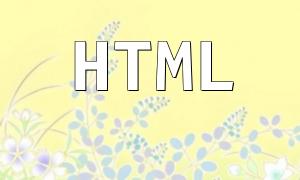In the context of modern technological advancements, the integration of LabVIEW and PHP has become a popular topic in industrial automation and data acquisition fields. LabVIEW, a powerful graphical programming tool, is widely used in data acquisition and instrumentation control, while PHP is a popular server-side scripting language commonly used in dynamic web development. This article will delve into the integration of LabVIEW and PHP and explore the advantages of both technologies.
LabVIEW is highly favored for its graphical programming interface, which allows users to quickly build complex test, control, and automation systems. It possesses powerful data acquisition and signal processing capabilities, enabling efficient connections with various hardware devices to acquire real-time data for processing and display.
PHP, as an open-source scripting language, is known for its flexibility and extensibility, making it the preferred choice for dynamic web development. It seamlessly integrates with databases, quickly handling data and generating interactive web pages to enhance the user experience.
By integrating LabVIEW and PHP, real-time data transmission and visualization can be achieved. For example, PHP scripts can store the data acquired by LabVIEW in a database and display it on a web page, enabling remote monitoring and control.
In practical applications, LabVIEW can send data to PHP scripts via the HTTP protocol. The PHP script then stores the data in a database. Below is a simple PHP code example:
This method not only effectively stores the data but also enables real-time display on web interfaces, such as showing sensor data through charts and monitoring device status live.
In conclusion, the integration of LabVIEW and PHP offers more possibilities for modern industrial and research fields. This combination allows users to efficiently acquire, store, and display data. With the continuous development of internet technologies, the application scenarios of this integration will become even more widespread in the future.
We hope this article helps you better understand the integration of LabVIEW and PHP. If you have any questions or suggestions, feel free to share them with us.









